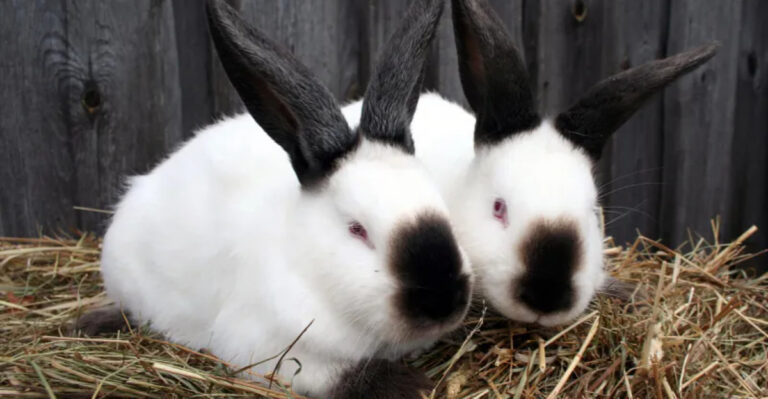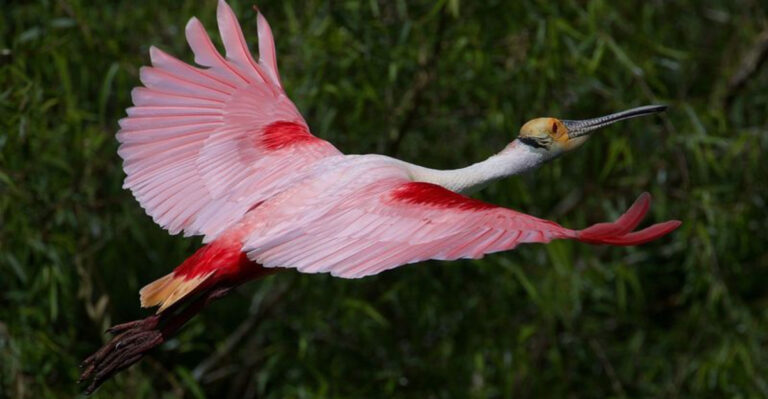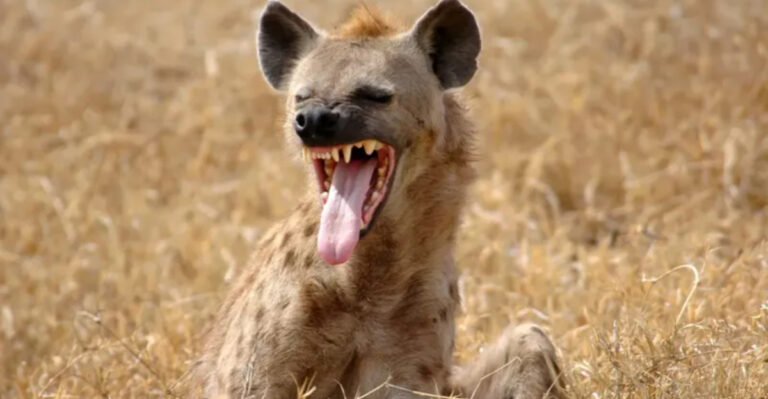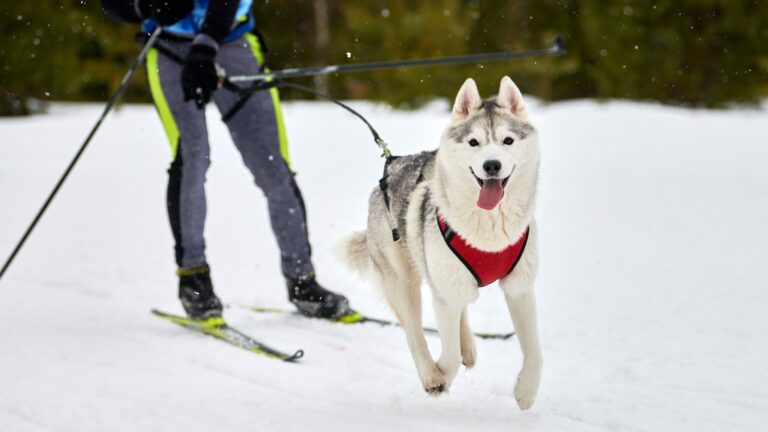11 Invasive Animals That Are Reshaping America
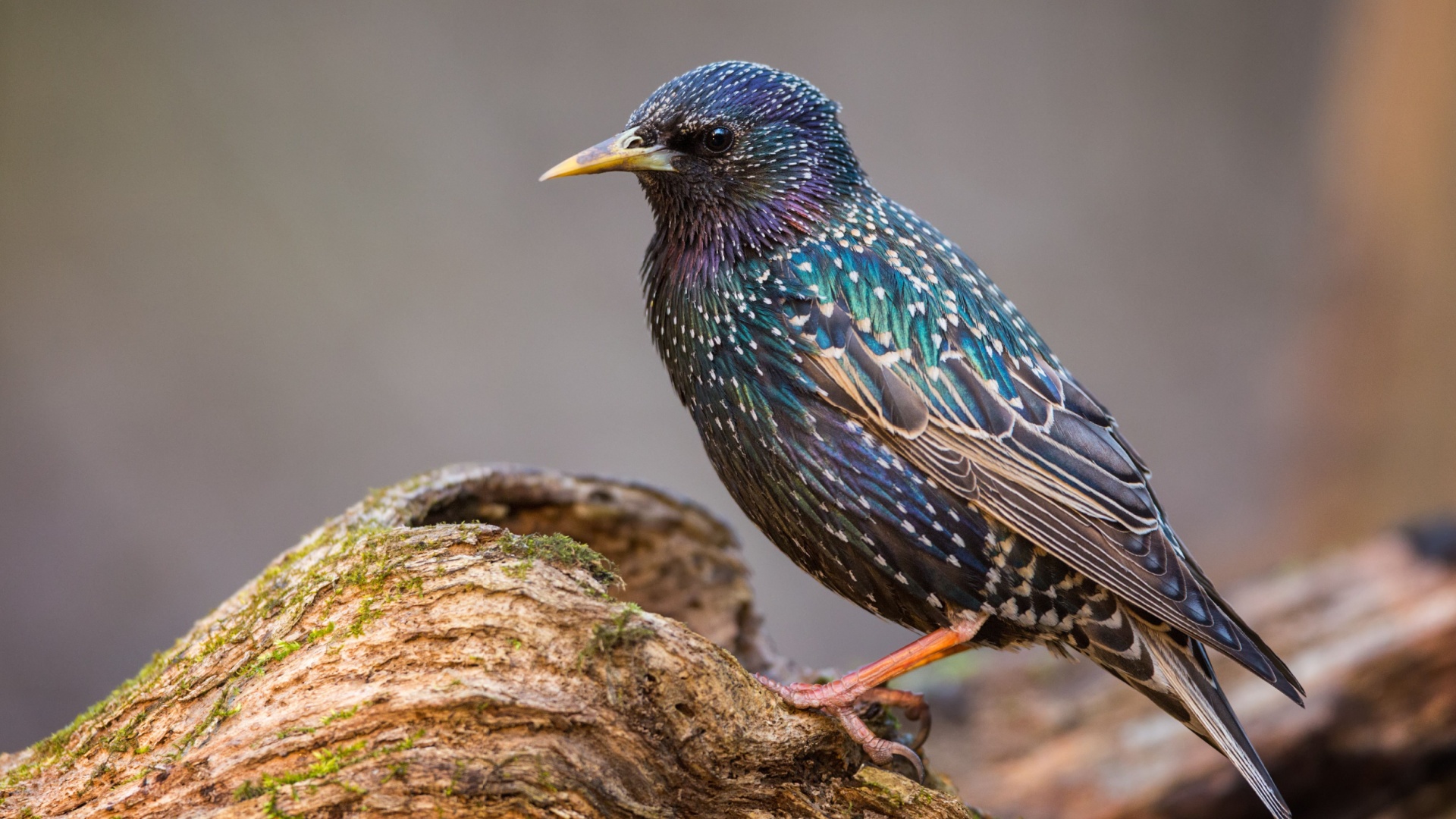
Invasive animals are dramatically altering America’s natural landscapes. These species, often introduced by human activity, have profound impacts on ecosystems, agriculture, and native wildlife.
While they can be fascinating, their presence poses significant ecological challenges. Discover how these creatures have taken on new roles in their adopted environments.
From feral creatures to aquatic invaders, each has a unique story of adaptation and impact. Let’s explore these unwelcome guests and their influence on American soil.
1. Feral Hogs
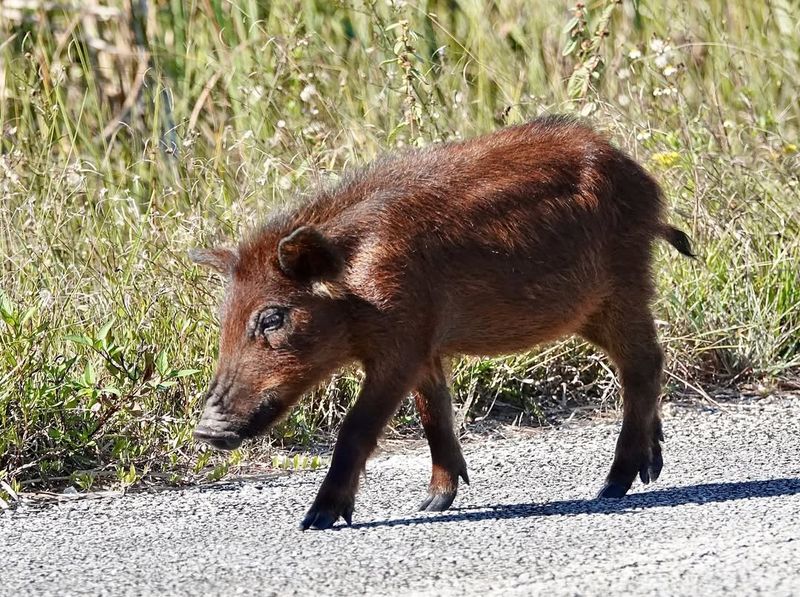
Feral hogs, the uninvited guests, are wreaking havoc across America’s southern states. With their insatiable appetite and destructive rooting behavior, they leave a trail of destruction in fields and forests.
Their adaptability makes them formidable adversaries. Farmers and ecologists alike wrangle with these wild pigs, which multiply quickly. In the battle against feral hogs, ingenuity and persistence are key.
Their presence serves as a reminder of nature’s balance gone awry.
2. Asian Carp
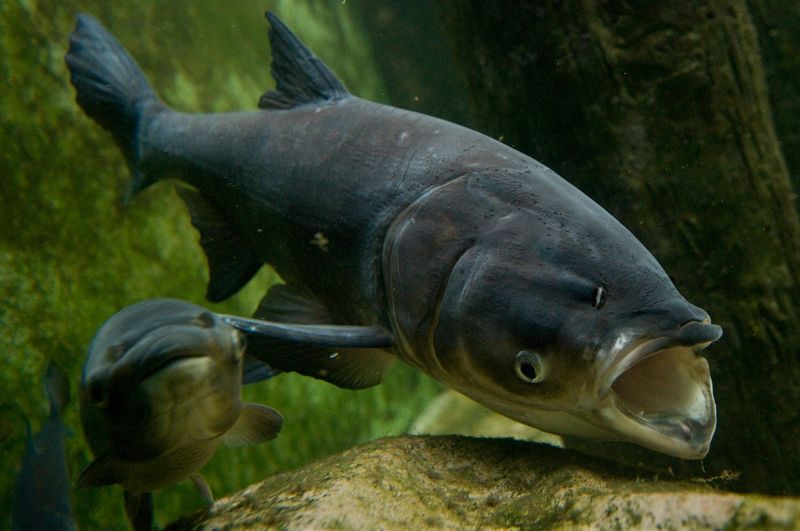
Asian carp have taken center stage as river invaders in the Midwest. Known for their high-flying antics, these fish have disrupted local aquatic ecosystems.
Their voracious feeding habits outcompete native species, diminishing biodiversity. Rivers once teeming with life now echo with the absence of native fish.
These carp have turned America’s waterways into their own high-jumping playground.
3. Burmese Pythons
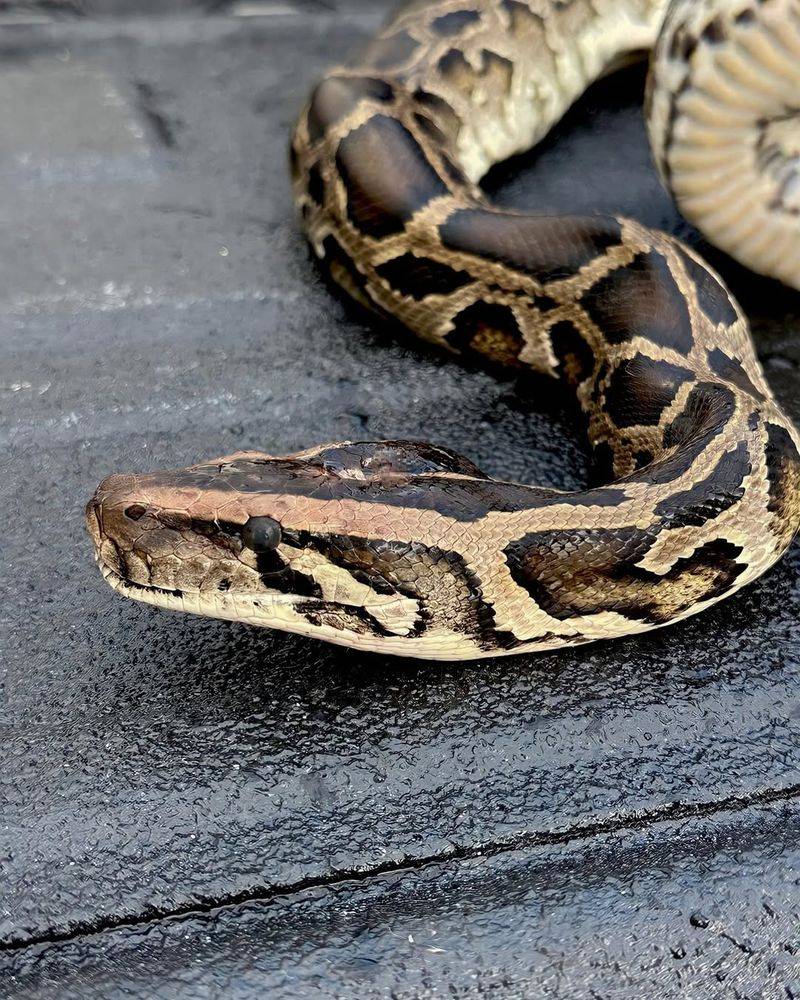
In the sunny Florida Everglades, Burmese pythons slither through marshlands with stealthy grace. These snakes, once exotic pets, have established a breeding stronghold.
Their appetite includes everything from birds to small mammals, threatening local wildlife. Unfazed by the heat, these serpents thrive amidst the sawgrass, reminding us that even paradise has its predators.
4. European Starlings
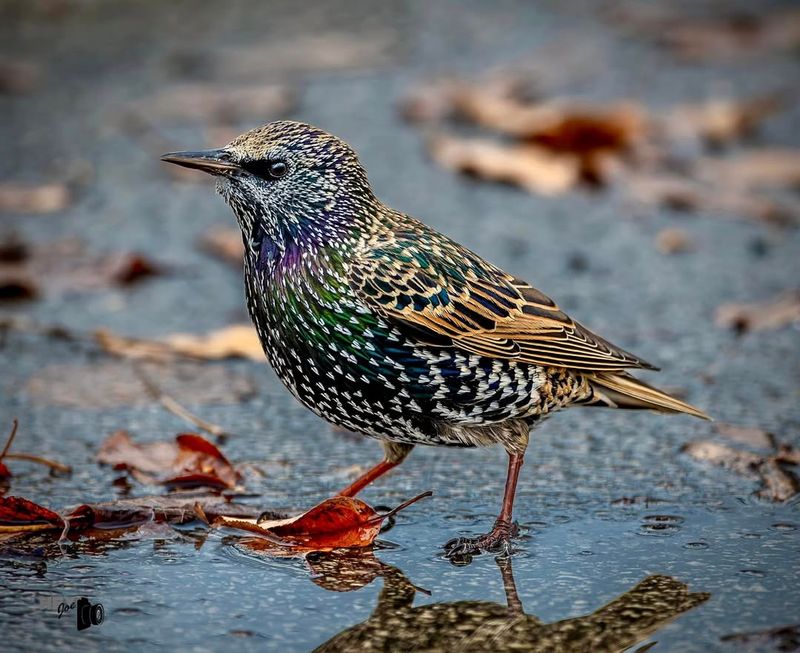
European starlings, with their synchronized aerial dances, are a spectacle in the sky. Yet, these birds are anything but welcome.
Introduced in the 19th century, they outcompete native birds for food and nesting sites. Their large flocks can damage crops and spread diseases. Farmers are left to find creative deterrents.
Despite their dazzling murmurations, starlings are a reminder of the unintended consequences of introducing new species.
5. Nutria
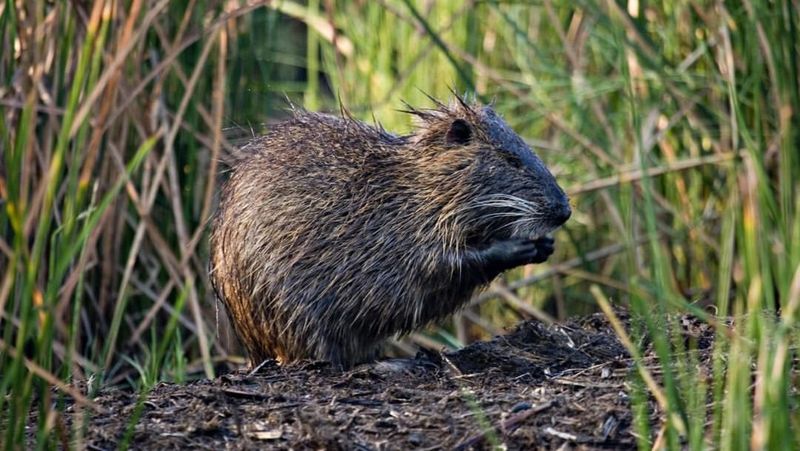
Originally from South America, these whiskered troublemakers have made themselves at home in places like Louisiana. Their constant burrowing weakens flood defenses and crumbles riverbanks, creating costly problems.
Locals have joined the fight to manage their growing numbers. Cute at a glance, they’re causing serious chaos in the wetlands one chomp at a time.
6. Zebra Mussels
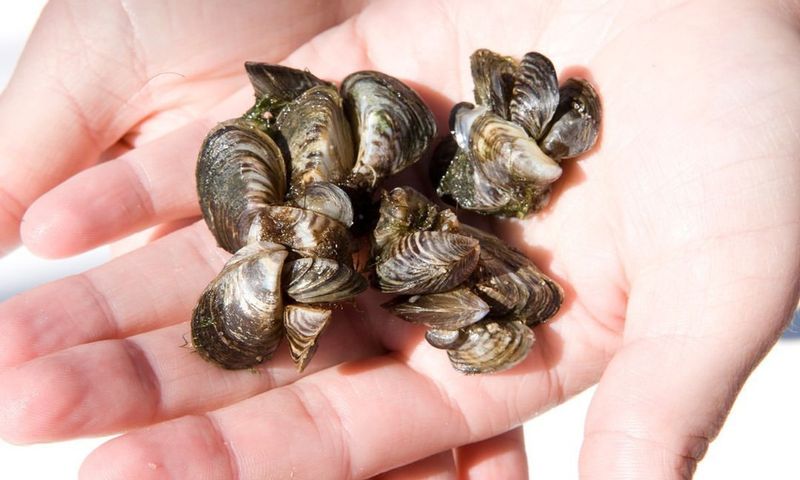
Zebra mussels, tiny yet tenacious, have infiltrated the Great Lakes and beyond. These aquatic hitchhikers cling to boats and docks, spreading with ease.
They filter vast amounts of water, disrupting local ecosystems and outcompeting native species. Their presence clogs water intakes and damages infrastructure.
Boaters are urged to clean their vessels thoroughly to prevent further spread.
7. Cane Toads
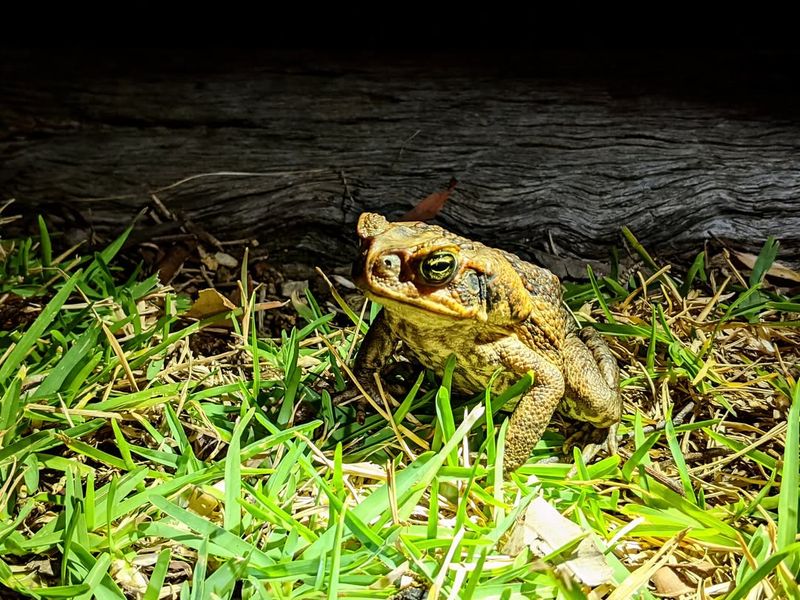
Introduced from South America, these resilient toads have caused quite a stir in Australia’s ecosystems. Their potent toxins are deadly to native predators, disrupting the natural food chain.
Despite their bumpy looks, they’re relentless travelers, expanding their reach across the continent. Conservation teams continue the uphill battle to control their spread, as native species struggle to keep up with the invasion.
8. Lionfish
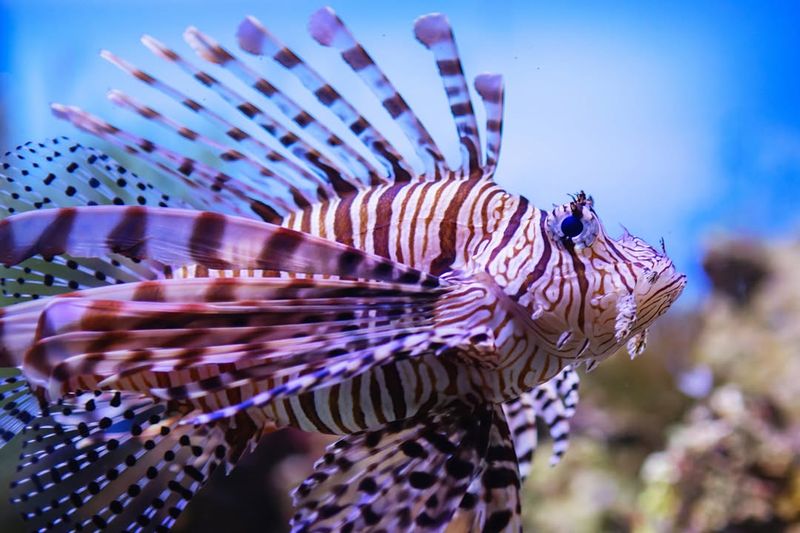
Lionfish, with their striking appearance, are unwelcome residents in the Atlantic and Caribbean waters. Native to the Pacific, they prey on local fish, disrupting reef ecosystems.
Their venomous spines deter predators, allowing their numbers to grow unchecked. Divers and conservationists rally to remove these invaders.
The lionfish is a hauntingly beautiful reminder of the fragility of marine environments.
9. Brown Marmorated Stink Bugs
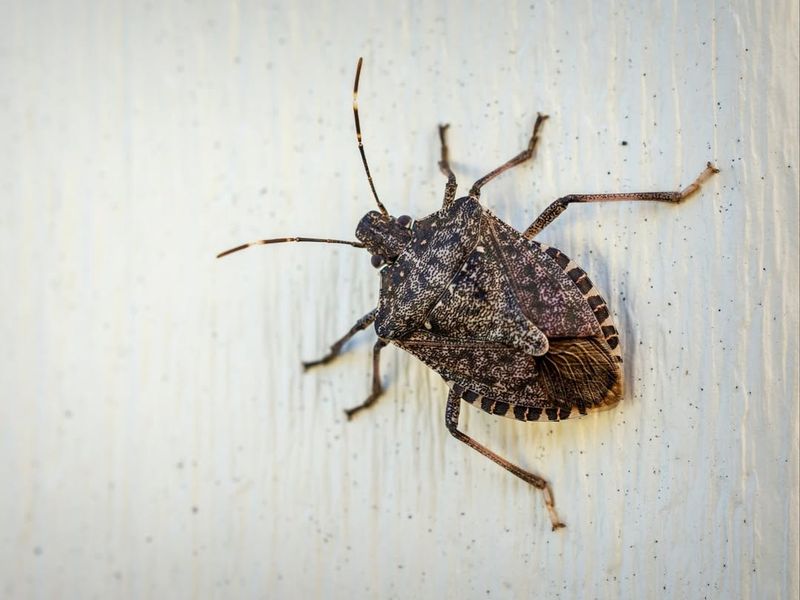
Brown marmorated stink bugs, the uninvited garden guests, have spread across the eastern U.S. Their penchant for fruits and vegetables makes them a farmer’s foe.
These shield-shaped insects release a pungent odor when threatened, adding insult to injury. Controlling their presence requires vigilance and creativity.
As they invade homes and gardens, these bugs highlight the challenges of pest management.
10. House Sparrows
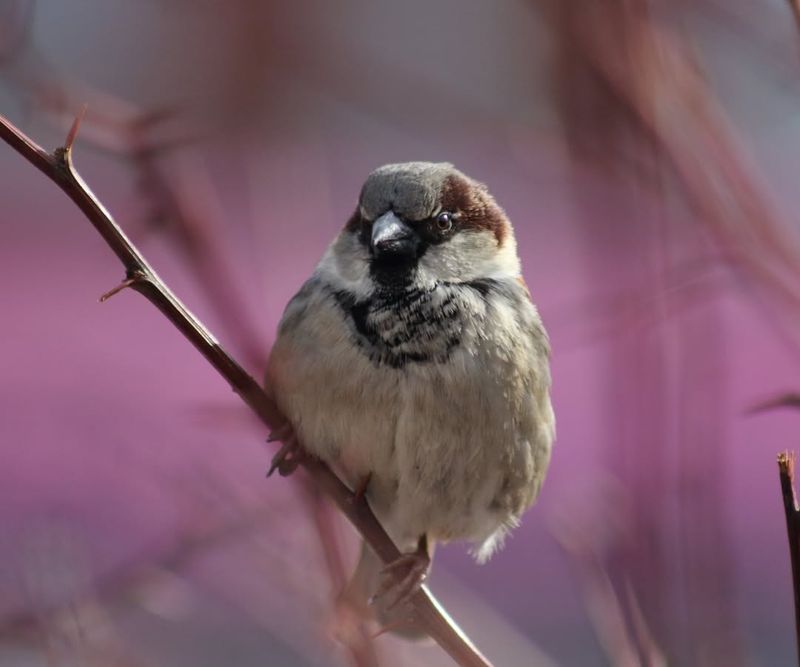
Introduced in the 1800s, these small but bold birds quickly carved out a niche across America. Their success in bustling cities gives them a strong advantage over native species.
Fierce competition for food and nesting spots has put pressure on local bird populations. Behind their ordinary appearance lies a powerful force of change in the avian world.
11. Emerald Ash Borer
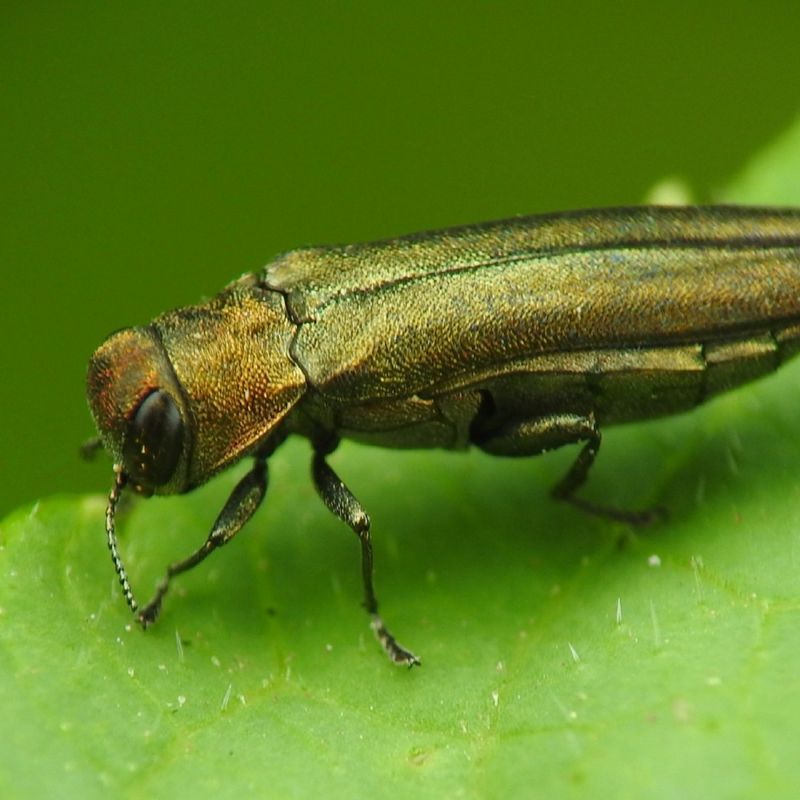
The emerald ash borer, a gleaming green beetle, spells doom for America’s ash trees. Originating from Asia, their larvae bore into trees, disrupting nutrient flow and causing dieback.
Ash forests across the U.S. face devastation. Efforts to contain their spread involve costly treatments and quarantines.
Their vibrant color belies the destruction they cause. In the fight to save these trees, resilience and innovation are key allies.

